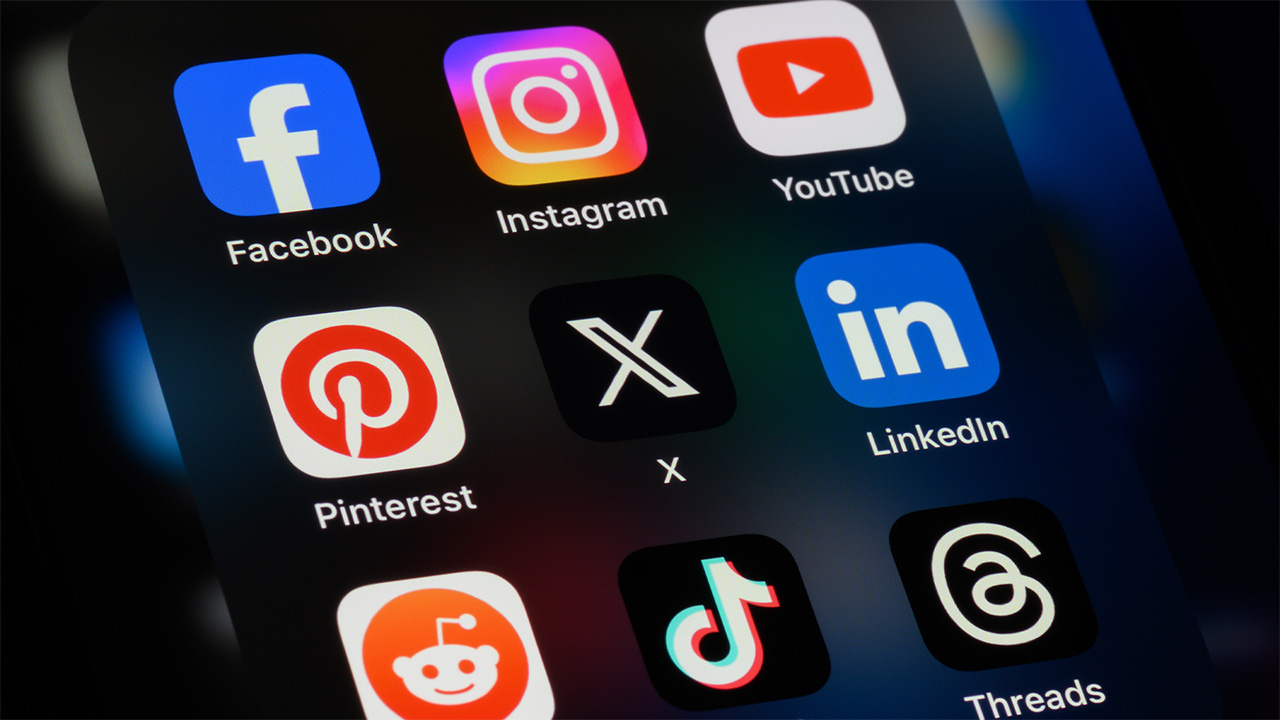PSA: Do not buy an Xbox Series S
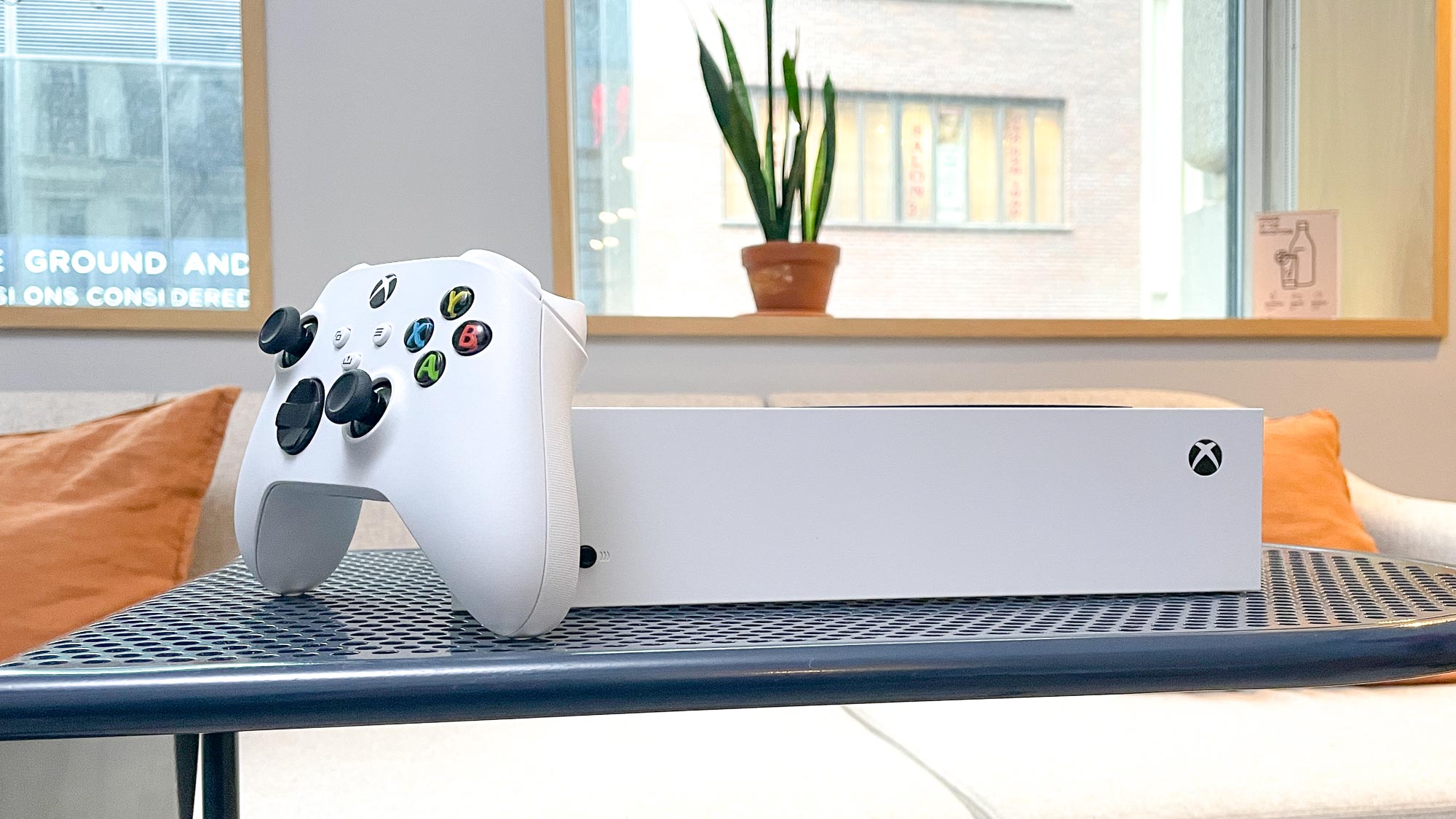
Update: Microsoft might be about to fix the Xbox Series S's biggest problems, and let you convert game discs into digital downloads
Last year I almost bought an Xbox Series S. I reserved the console during the first wave of pre-orders, thinking it would be an excellent supplemental machine to sit alongside my PS5 but a few weeks from launch I canceled my order.
I ultimately decided not to part with my money because I was, and still am, unconvinced the entry-level console has a long-term future. The relatively affordable price tag makes it a tempting purchase, but its significantly weaker GPU compared to its big brother, the Xbox Series X, is concerning.
- The Nintendo Switch OLED is already a hit — so why is it so disappointing?
- The best Xbox multiplayer games you can play right now
- Plus: Hey Rockstar, where's the GTA 4 remaster?
After saving up some extra cash and chasing several restocks, I managed to grab an Xbox Series X instead earlier this year. As more next-gen games have launched throughout 2021 my decision to not purchase the Xbox Series S and instead wait until I could afford its more powerful brother has been increasingly validated.
Right now the Xbox Series S makes for a nifty gaming machine, but it’s already starting to show its weaknesses. Plus, as we get further into this console generation these problems are only going to get worse.
The lesser of the two
To its credit, Microsoft has always been extremely upfront when it comes to the Xbox Series S. The tech giant has never claimed the console is capable of the same performance levels as the more expensive Xbox Series X.
The table below lays out the full technical breakdown, but the biggest discrepancy between the two machines is easily the GPU. The Xbox Series S sports an AMD RDNA 2, 4 teraflops, 1.6 GHz, which is much less powerful than the beefy AMD RDNA 2, 12 teraflops, 1.8 GHz found with the Xbox Series X.
Get instant access to breaking news, the hottest reviews, great deals and helpful tips.
| Row 0 - Cell 0 | Xbox Series X | Xbox Series S |
| Price | $500 | $300 |
| Processor | Custom Zen 2, 8-core, 3.8 GHz | Custom Zen 2, 8-core, 3.8 GHz |
| GPU | AMD RDNA 2, 12 teraflops, 1.8 GHz | AMD RDNA 2, 4 teraflops, 1.6 GHz |
| RAM | 16 GB | 10 GB |
| Storage | 1 TB | 512 GB |
| Display (Targeted) | 4K, 60 fps | 1440p, 60 fps |
| Display (Max) | 8K, 120 fps | 1440p, 120 fps |
The two consoles also differ when it comes to RAM and storage capacity. Of course, the hard drive size doesn’t impact performance, but it does mean the Xbox Series S can only hold a small handful of the best Xbox games before you’ll need to look at alternative storage options.
We’ve tested both consoles extensively found that the Xbox Series X trumps the Xbox Series S in terms of performance in basically all areas. Of course, this is hardly surprising, but the worrying thing is the performance gulf between the two consoles seems to be growing.
Not quite next-gen enough
Last November when the next-gen Xboxes launched, the initial impressions of the Xbox Series S were fairly positive. Even our own Xbox Series S review called it a “surprisingly powerful little console” although we did wisely warn that “it’s not the most future proof gadget you can buy.” These words of warning are starting to ring very true.
While the console seemed to have no problem running early launch games like Assassin’s Creed: Valhalla with a stable 60 fps and in a respectable resolution, more recent titles have started to perform pretty poorly on the system.
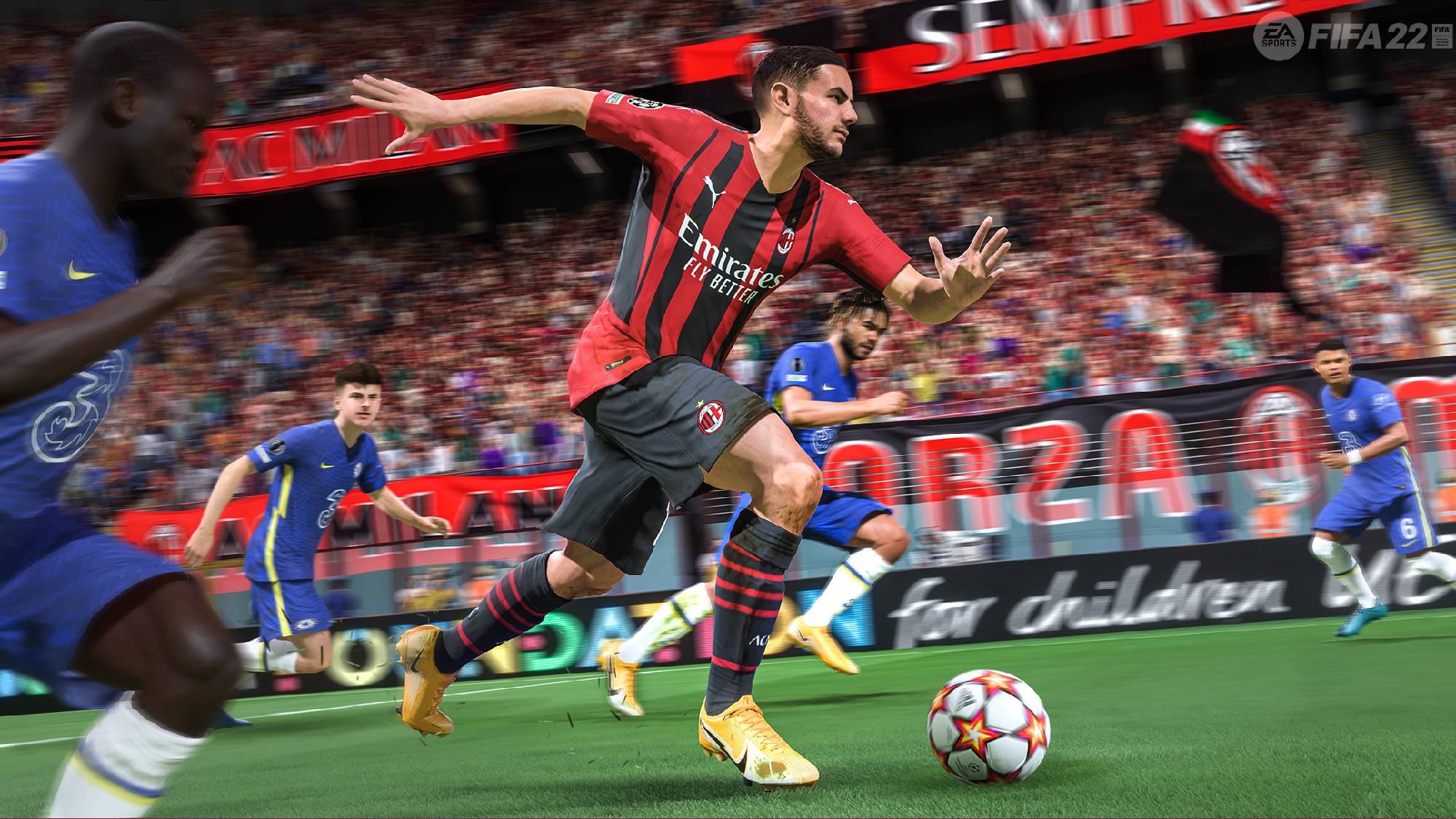
Most recently, FIFA 22 players have been complaining that on Xbox Series S the game is a blurry mess. In fact, the resolution is so low that some people can’t even make out the name and numbers on the back of player’s jerseys. The game is in such a bad state some owners have opted to play the Xbox One version instead.
This is far from the first title we’ve seen suffer from performance issues on the Xbox Series S. In April, Resident Evil: Village was noted to offer a very poorly implemented ray-tracing mode on the console. The mode is such a CPU drain that the framerate frequently drops to below 30 fps on Xbox Series S.
F1 2021 is another game that had to make compromises on the Xbox Series S. The game targets 1080p on Xbox Series S, instead of the 4K target like on PS5 and Xbox Series X. It also doesn’t offer a 120Hz mode on the less powerful console.
Performance issues have also been noted in games like No Man’s Sky, Control and eFootball 2022 — although, the latter is experiencing a rafter of issues on every platform.
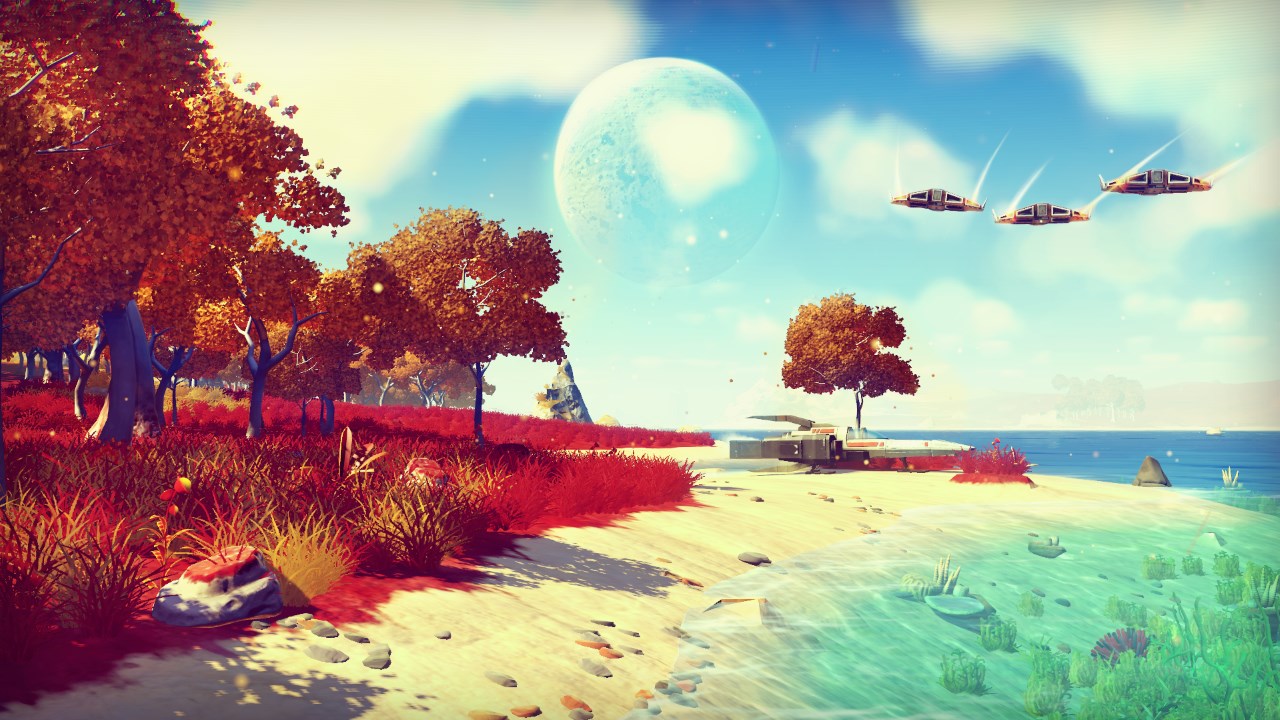
Developers haven’t been shy to comment on the issues that arise when optimizing a game for the Xbox Series S. Last year an employee id Software (a team now actually owned by Microsoft) said, “The much lower amount of memory and the split memory banks with drastically slower speeds will be a major issue.” They also noted that just lowering the resolution won’t make up for “the deficiencies.”
Similar comments have been made by a developer at Remedy, who noted that optimizing a game for the Series S isn’t as simple as lowering the resolution and texture quality. 4A Games, creators of Metro Exodus, expressed similar concerns about the console’s weaker GPU.
If developers are having these concerns now, imagine the problems that could arise in three or four years' time as games get even more complex and graphically demanding?
It’s only going to get worse
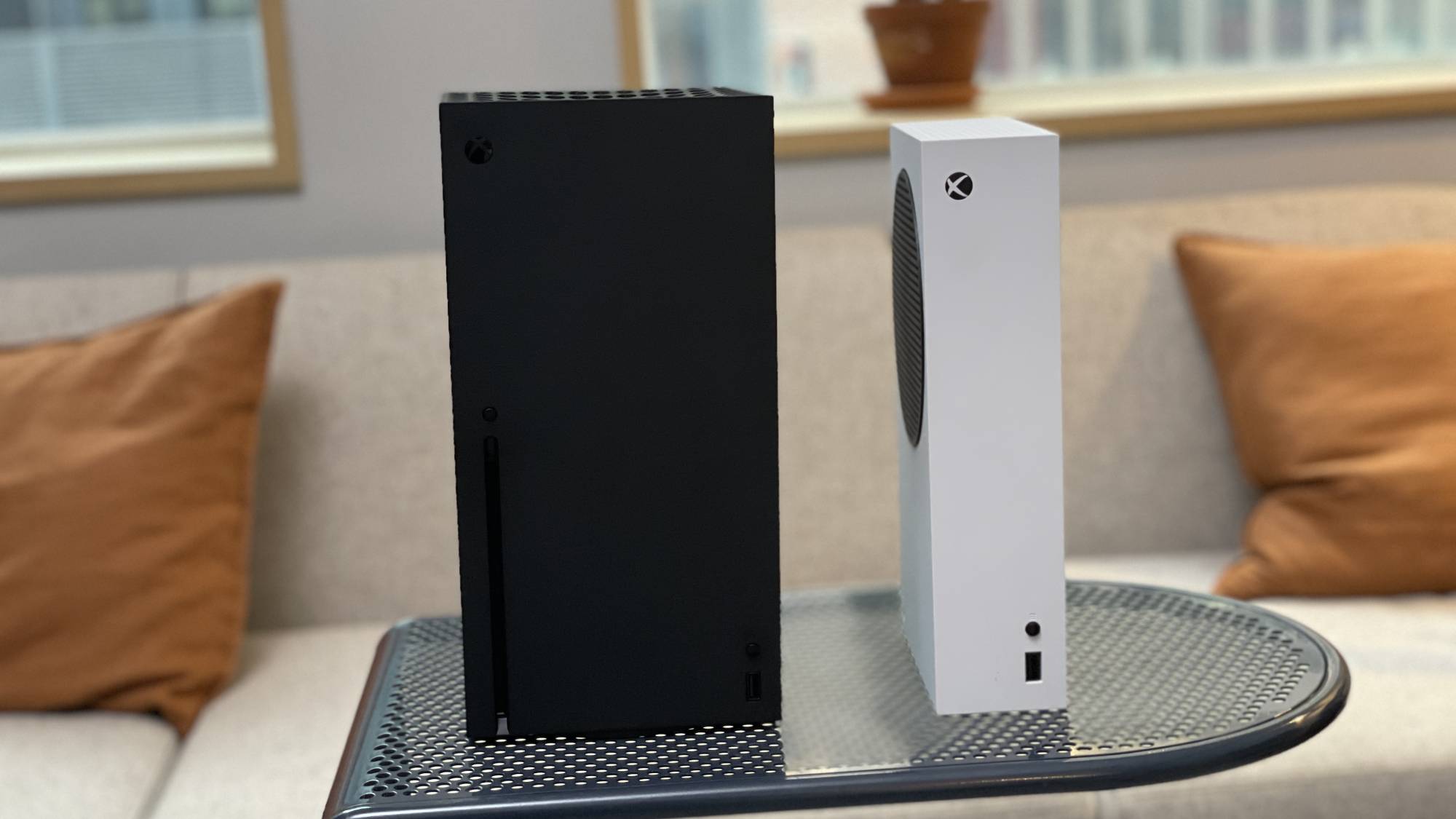
The fact of the matter is that these issues are only going to get worse. Right now we’re still in that crossover period between generations with most flagship games still being released for the Xbox One as well as the new Xbox consoles. In the future, that won’t be the case.
Titles like the upcoming Dead Space remake have already been confirmed to be next-gen exclusives, which means they’ll push the boundaries of these consoles even further. If the Xbox Series S is already beginning to show cracks with games also playable on eight-year-old hardware, will it cope with being pushed even further?
My concerns are that these performance issues will only become more and more common on the Xbox Series S. Right now the majority of games seem to perform admirably on the console, with only a handful suffering issues, but that pendulum may swing the other way over the next few years.
My advice would be to pony up the additional $200 (if you can afford to) and opt for an Xbox Series X. You might have to pay extra right now, but in the long term, you’ll be getting a better deal.
- More: Intel's new anti-Apple ad just hit a new low
- I just snagged an Nvidia GeForce RTX 3080 Ti without waiting months — and you can too
- Xbox Series X vs. Xbox Series S: Which Xbox should you buy?

Rory is a Senior Entertainment Editor at Tom’s Guide based in the UK. He covers a wide range of topics but with a particular focus on gaming and streaming. When he’s not reviewing the latest games, searching for hidden gems on Netflix, or writing hot takes on new gaming hardware, TV shows and movies, he can be found attending music festivals and getting far too emotionally invested in his favorite football team.
